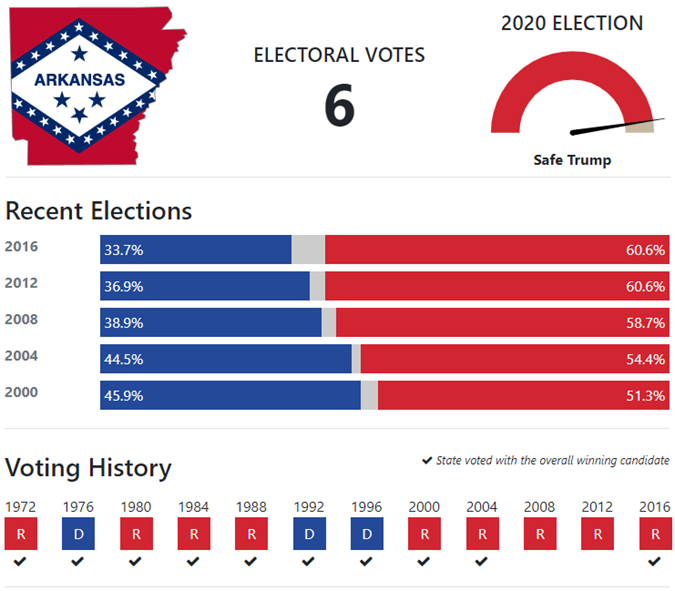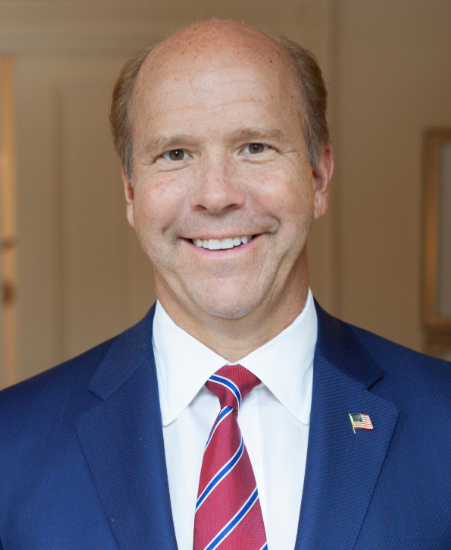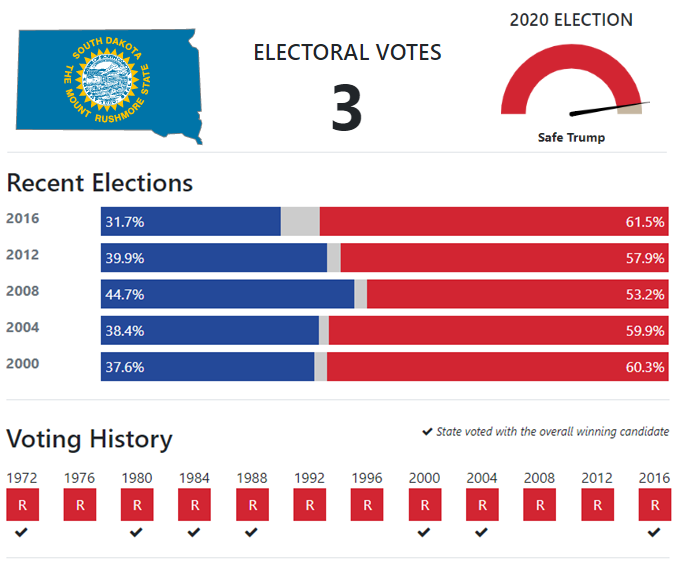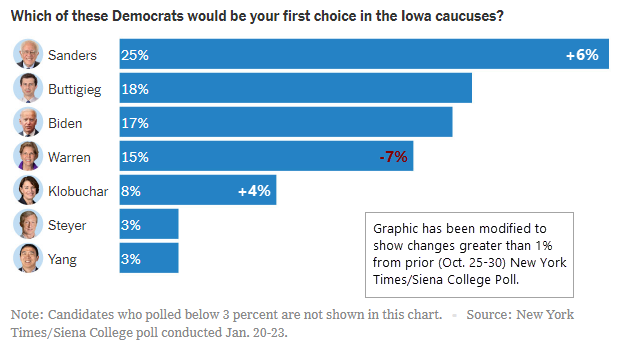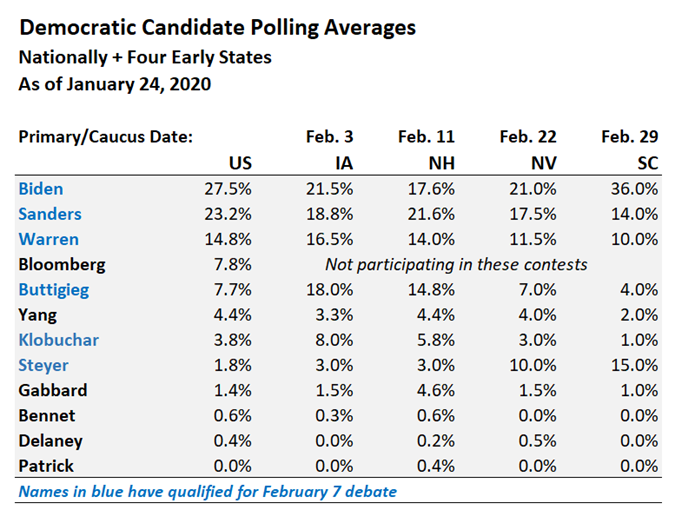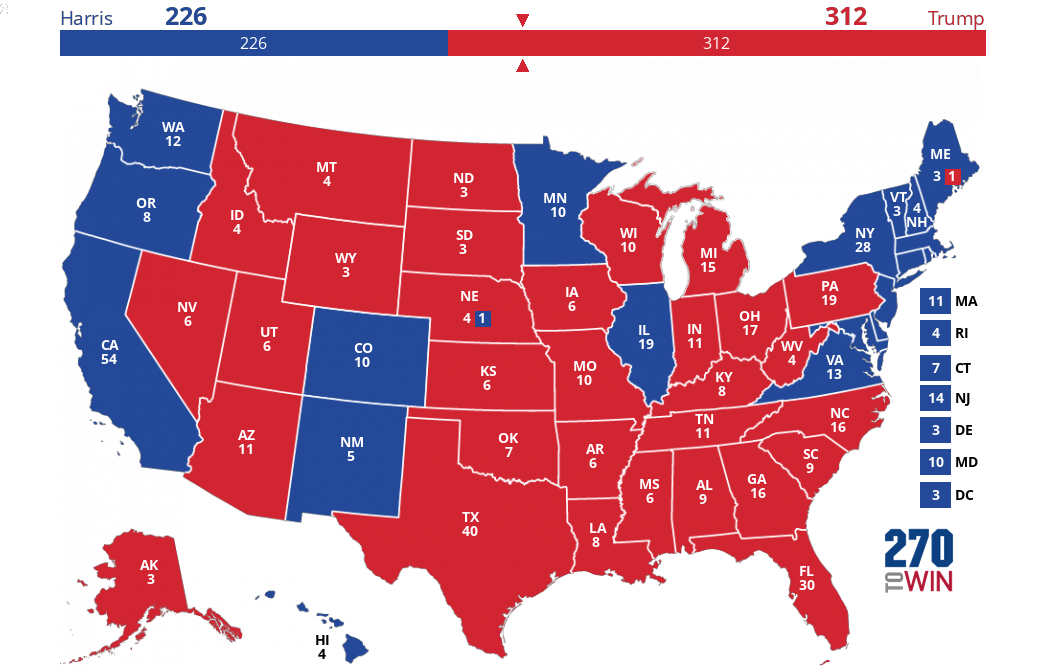Months of campaigning and millions of dollars in spending preceded the Iowa Democratic caucuses. All that for a mere 41 pledged delegates - just over 1% of the total that will be allocated during the 57 primary and caucus events over the next four months. However, it is the first opportunity for voters to pass judgment on a historically large field. The verdict of voters in Iowa and next week's New Hampshire Primary has proved predictive: Every winner -except one1 1In 1992, Bill Clinton did not win a contest until March 3. The four contests preceding that date were each won by a different candidate. - of a contested major-party nomination since 1980 has won at least one of these two states. Additionally, the result in these states will almost certainly winnow the field.
If you'd like to read more on how the caucuses work, here are some explainers from The New York Times, NPR, Politico, and The Washington Post.
In the interest of transparency, or perhaps to confuse people, the Iowa Democratic Party will release four sets of results tonight. We expect the first results to start arriving after 8:00 PM ET; the tables below will update with those results as they come in.
